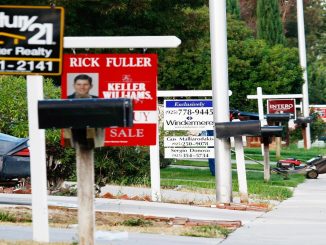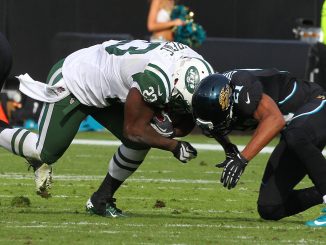The struggle against racism in the U.S. has involved millions of people, starting with the first person to resist slavery. Today this history is often told with the tactic of nonviolence being opposed to self-defense.
The truth is that the two were not opposed during the movement. Both tactics were used to fight against institutional and individual white supremacy. The tactic of non-violence could involve masses of people in directly opposing racist oppression, especially when facing powerful forces. Its message was clear. It was militantly disciplined and often disruptive. The violence came from those who stood on the side of racism. And that is where the tactic of self-defense came in.
People living in the rural South could be easy targets for night-riding racists. The racist order was maintained through campaigns of terror. Many communities were organized to defend themselves. Homes were stocked with arms and ammunition. Networks existed that could respond in case of an attack.
When students from both the North and South joined the struggle, the attacks of the racists often increased. Most of the student activists were sworn to nonviolent resistance. Their courage was appreciated by those who gave them food and shelter. Giving support to the student activists put local people in great danger, and a nonviolent strategy was not going to have an impact on armed racists in the middle of the night. That was a tactic for daylight in plain sight of the media.
One of the first leaders of a Civil Rights organization to openly advocate armed self-defense was Robert F. Williams, President of the Monroe, North Carolina chapter of the National Association for the Advancement of Colored People (NAACP). The Ku Klux Klan was a powerful force in the area. Weekend Klan rallies would bring as many as 3000 to nighttime cross burnings. Racist nightriders would drive through the black community firing their weapons. Williams, a military veteran, like others in his chapter, organized a defense guard to stand up to this terrorism. The community was trained and ready. When the racists shot, their fire was returned, which put a stop to their cowardly activity.
Williams was not alone in his understanding that people had to protect themselves from the racist violence. One of the better-known groups was the Deacons for Defense and Justice. In 1964, military veterans in Louisiana organized the Deacons. Some were actually Deacons in their churches and the name provided a cover of sorts. Within a couple of years there were more than twenty chapters across the South and many more similar groups made up of determined men and women. More people became aware of the Deacons during James Meredith’s “March Against Fear” in 1966.
Meredith had planned to march from Memphis, Tennessee to Jackson, Mississippi. On the second day, a racist shot him three times with a shotgun. Hundreds took up the march, refusing to be intimidated, and finished the 220-mile march in the Deep South, registering voters along the way. The Deacons provided security for the march. Still, the march is often presented as a victory of the principle of nonviolence.
Those who were active in the movement knew that the two tactics complemented each other including the Rev. Martin Luther King. They understood the vicious nature of this system. Visitors to King’s home were often shocked at the number of weapons present and having to check for a pistol on a couch or a chair before they sat down. Those who were deep in the struggle understood that it was a matter of assessing and responding to the forces arrayed against them.
Today, we face the same questions, whether on a picket line or defending our communities from violence – by the police or others. We need to be realistic. Tactics of non-violence, which present our cause to the public, have the possibility of involving more people and showing up the forces opposing us. But that doesn’t mean we shouldn’t defend ourselves when attacked.




